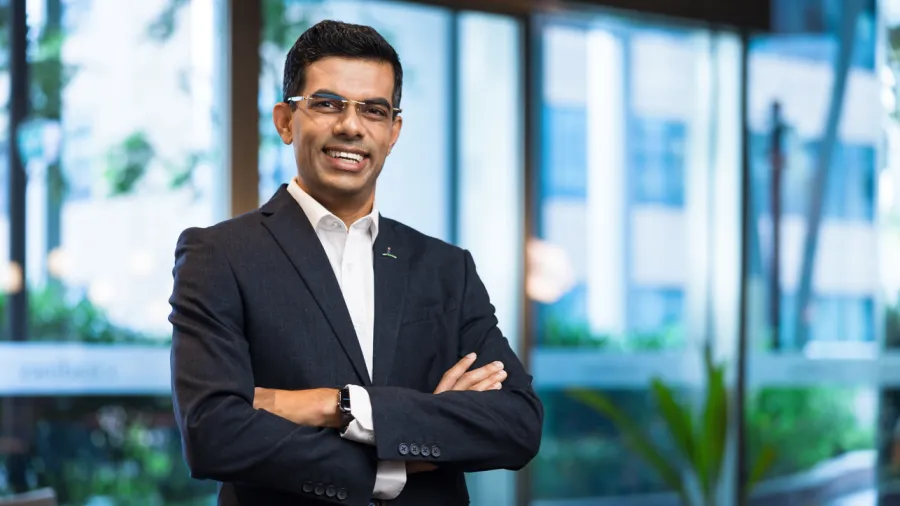
How CapitaLand Investment retains stakeholders’ trust
CLI’s chief sustainability officer speaks on strengthening its ESG pillars focused on three key themes to meet the company’s net-zero goals whilst keeping stakeholders on board.
With a refreshed 2030 Sustainability Master Plan, CapitaLand Investment (CLI), an SGX-listed firm, is set on elevating its ESG goals and delivering sustainable returns to its stakeholders. As such, CLI is committed to ensuring transparent reporting, with a dedicated Strategy and Sustainability committee, and making sure that the ESG agenda is part of their business.
Vinamra Srivastava, CLI’s chief sustainability officer (CSO), disclosed that their reporting complies with worldwide standards such as the Global Reporting Initiative, Sustainability Accounting Standards Board, and Taskforce on Climate-related Financial Disclosure.
As a result, Srivastava said the company gets listed on global benchmarks such as GRESB MSCI, and the Dow Jones Sustainability World Index, which identifies global sustainability leaders.
“We’ve got a Strategy and Sustainability Committee at the board level, which oversees the entire strategy and execution of our sustainability initiatives. Then at each of the business units, we’ve got a very strong sustainability structure,” Srivastava told the Singapore Business Review in an interview when asked how his company deals with the risks of greenwashing.
To build a culture of sustainability across the board and all business units, Srivastava said they are introducing multiple sustainability roadshows, brown bag sessions, and sessions from industry experts to promote awareness to their staff about CLI’s Sustainability Master Plan and sustainability targets.
Aside from this, the company has learning and development training for its employees. So far, they have completed over 370,000 training hours in 2022, with more than 83% of their staff attending at least one ESG training.
Srivastava said sustainability is integrated into their business and balanced scorecard through which the sustainability targets are tied to the key performance indicators and remuneration of its top management and staff. He added that CLI’s sustainability efforts are aligned with globally recognised standards and included in the company’s decision-making and long-term planning processes.
“There are good internal checks and balances to make sure we are on the right track. You're only communicating what is real and factual which can be measured objectively and keep moving forward,” he said.
Pillars of sustainability
The CLI’s 2030 Sustainability Master Plan includes three pillars to align the company’s net zero goals and its increased social and governance focus.
Srivastava said the first is to build a resilient and resource-efficient real estate portfolio. The goal is to accomplish the company’s environmental target, particularly reducing the scope one and scope two emissions by 46% by 2030.

To do this, Srivastava revealed that they plan to increase renewable energy (RE) by 45% of its entire portfolio by 2030. For RE, they are already maximising onsite renewable energy deployment through solar panel use in properties and micro wind turbines that can be installed on rooftops of properties, he said.
“We are maximising getting into long-term power purchase agreements with offsite, solar, wind, and hydro providers so that we can secure a long-term commitment to procure green power from these sources because on-site solar or other options can only give you so much,” he added.
The second pillar is to create a thriving and future adaptive community, and one example is CLI’s effort to have a more inclusive workplace. The company is looking into achieving at least 40% female representation in senior management by 2030, Srivastava said.
“We treat everybody equally and give them equal opportunities. We want to do that because, especially in an organisation like ours, having perspectives that represent different backgrounds and different lenses of looking at the same issues provides us with a much more robust input when making business decisions,” the CSO added.
The final pillar is stewarding responsible business conduct and governance. It focuses on how the company upholds strong corporate governance regarding sustainability.
Overcoming target challenges
Srivastava mentioned that achieving their environmental goals will be the most challenging, especially in deciding which innovative technologies they will tap into. But these goals also have the most opportunities to move the needle for the built environment.
One example of a tech they invested in last year was air handling units in the buildings, which optimises the airflow in a way that the load on the chiller plant is much lower, resulting in lower energy consumption on a per-square-metre basis.
But one problem with investing in technology is that it could be tricky depending on the geography of the market and the company needs to study factors that may impact the firm financially.
In this respect, Srivastava posed a couple of questions: “What is the cost of energy and water in country X versus country Y? How is the supply chain organised in both these countries? What are the import and export costs?”
When asked about balancing sustainability goals and profitability, CLI’s CSO said they focus on “proven solutions and approaches where it’s not a trade-off, where we can meet our sustainability goals and get financial returns in a commercially feasible manner.”
In real estate, he said investing in green buildings allows operational efficiency of the building, which can cut utility costs. “It’s a direct improvement in profitability and the value of the building,” he said.
Another example is in ensuring that customers are receiving what they want — greener buildings.
“If your building is not green enough, you may not be able to attract those tenants and you may take longer to lease your buildings, which is going to dampen your returns. So again, there's a huge opportunity cost,” he said.

To advance innovation and collaboration to address sustainability challenges in the built environment, CLI taps on its $50m CapitaLand Innovation Fund and launched the CapitaLand Sustainability X Challenge to crowdsource for innovative solutions globally and pilot them at its properties worldwide.
CLI also continually engages with its stakeholders and builds strong partnerships across the ecosystem, including working with government agencies on public awareness programmes, providing its tenants with green fit-out guides and implementing green leases, and having its supply chain partners abide by its Supply Chain Code of Conduct among others.
Photos from CapitaLand Investment's media team.





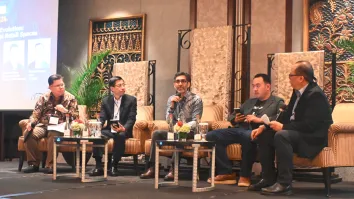



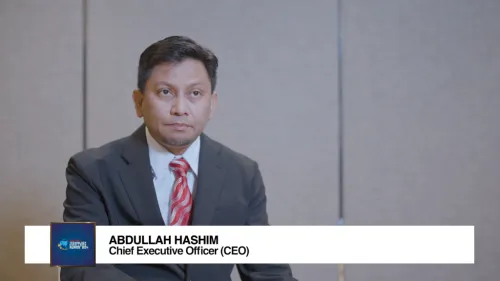
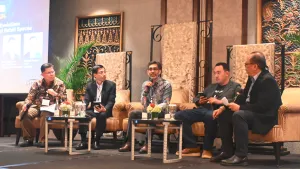
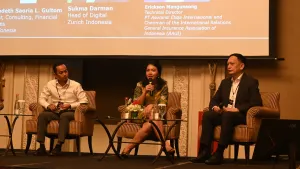


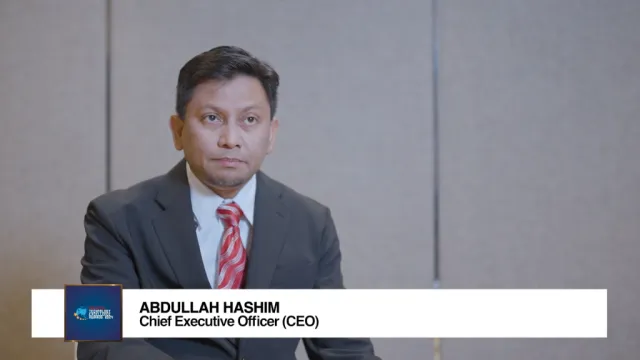
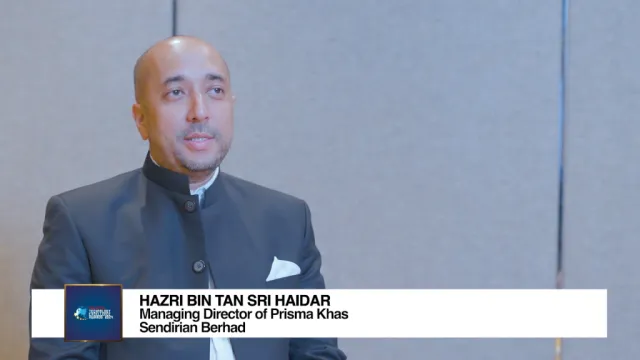

 Advertise
Advertise







